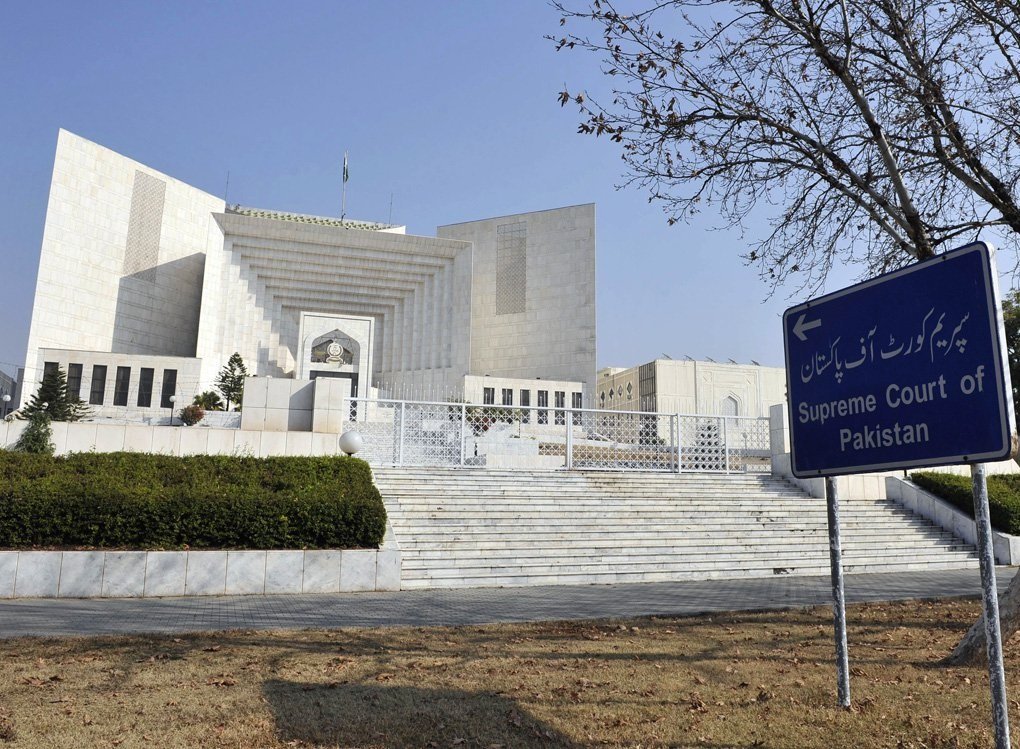
The Supreme Court (SC) on Monday acquitted accused Khadim Hussain after 14 years in jail on grounds of lack of concrete evidence.
The appeal against the conviction was heard by SC's Shariat Appellate Bench, consisting of five members, headed by Justice Mushir Alam.
Hussain was sentenced to death thrice for kidnapping, raping and killing a 10-year-old boy in the Bani area of Rawalpindi in 2006. The 10-year-old's body was recovered from the jurisdiction of the Golra Police Station in Islamabad.
The accused was sentenced to death three times by the trial court for all three offences. The Shariah court had also upheld the death sentence of the accused.
His counsel, Akram Gondal, said his client was not named in the First Information Report (FIR), adding that evidence was forged against him after his arrest.
The SC acquitted Khadim due to lack of concrete evidence, adding that the prosecution failed to prove the case.
In October, 2016, the Supreme Court finally exonerated a man who was convicted of murder and handed down the death sentence by a sessions court in April 2004. But the acquittal came two years too late.
Apparently, Mazhar Hussain, whose original appeal against the death sentence was turned down by a high court years before, died of coronary failure about two years ago while still in incarceration. He did not live to see the day when he would be acquitted.
Even the apex court was unaware that the appellant had passed away in prison.
COMMENTS (1)
Comments are moderated and generally will be posted if they are on-topic and not abusive.
For more information, please see our Comments FAQ



1731975305-0/Untitled-design-(40)1731975305-0-165x106.webp)
1731975060-0/Untitled-design-(39)1731975060-0-165x106.webp)












Says enough about our justice system. انا للہ وانا الیہ راجعون